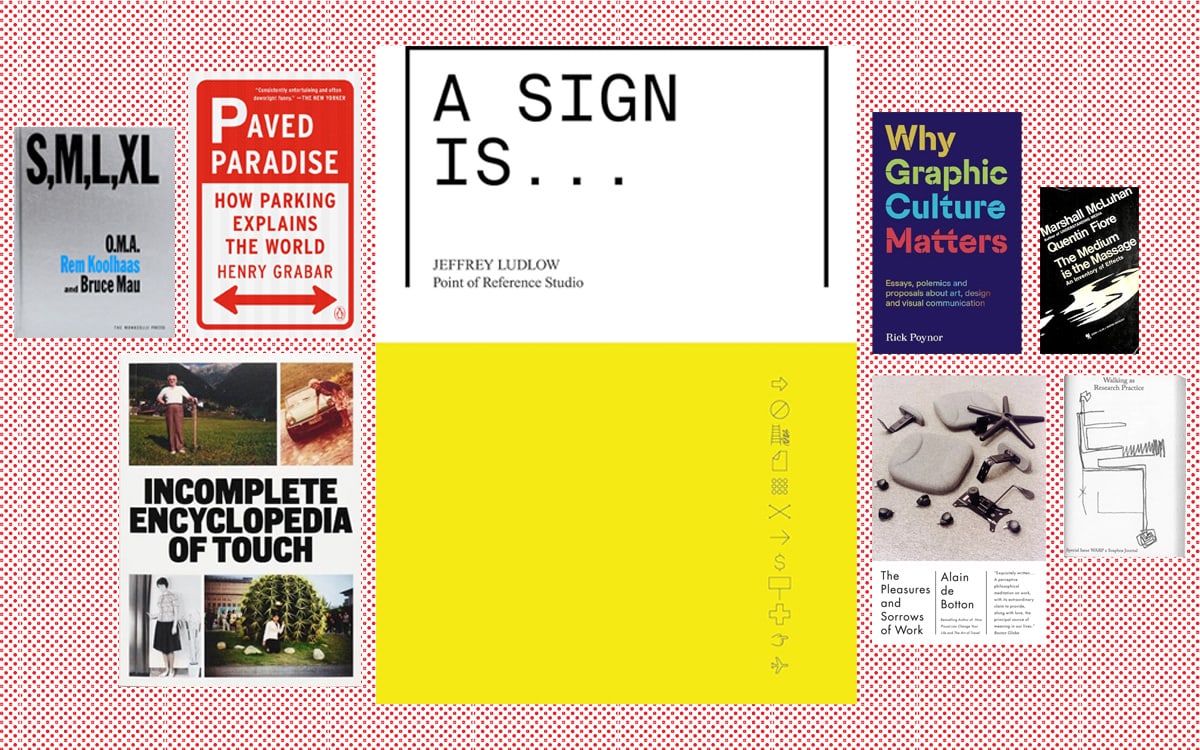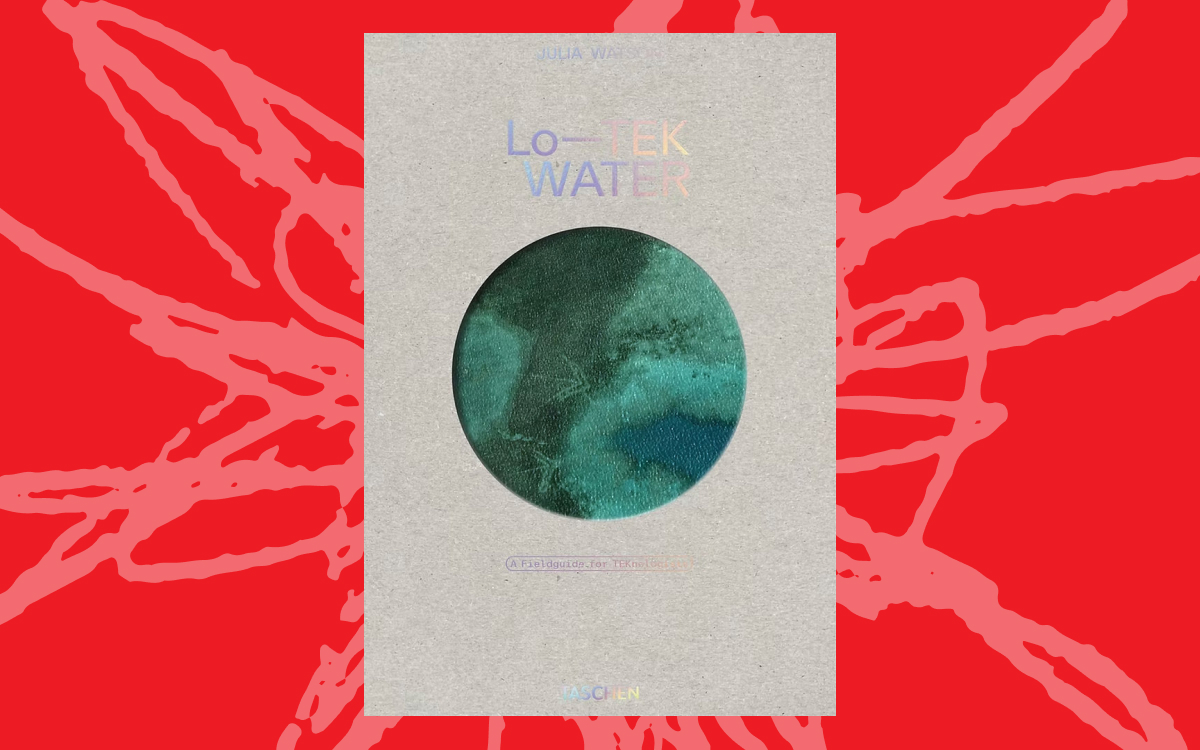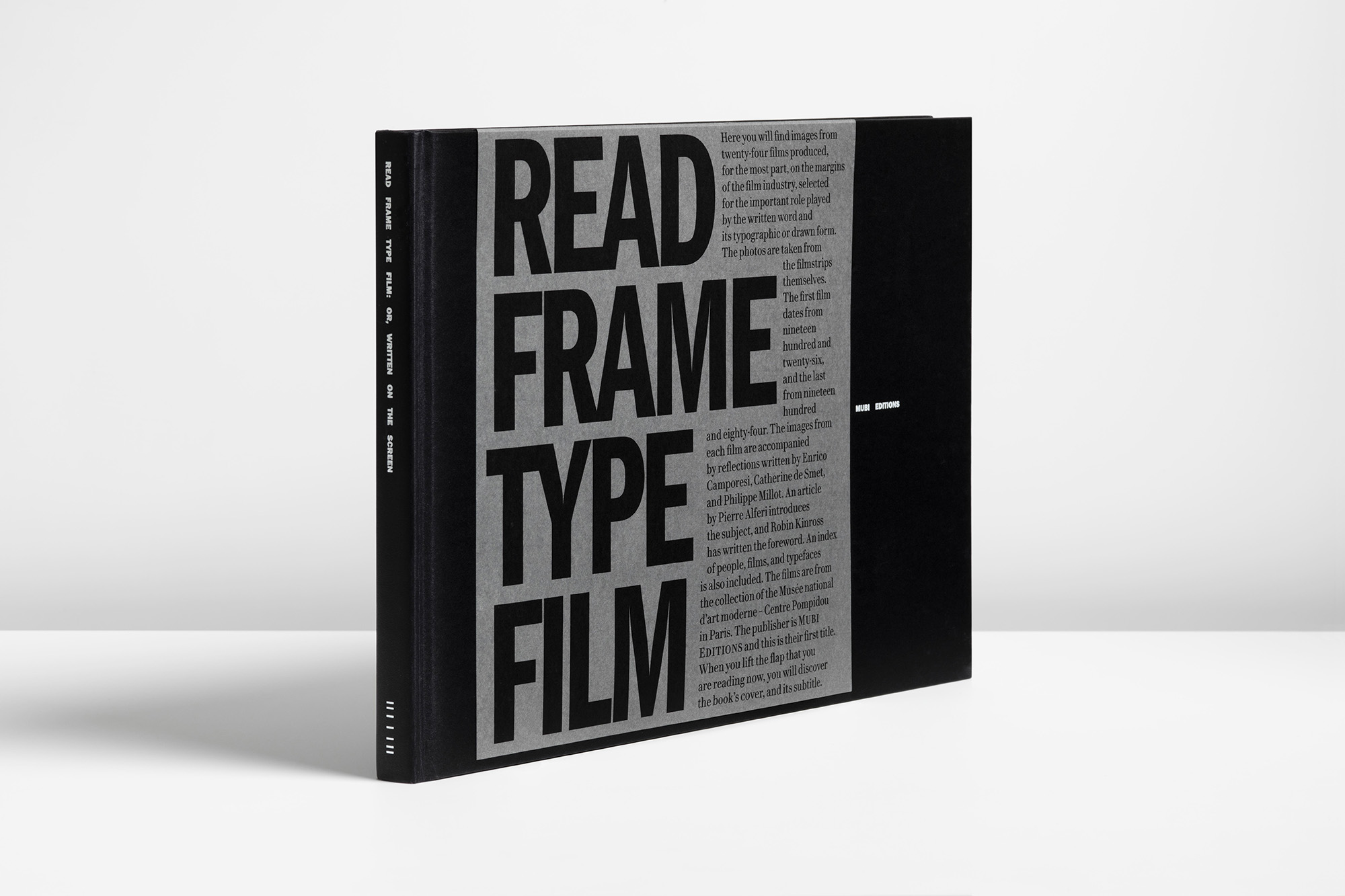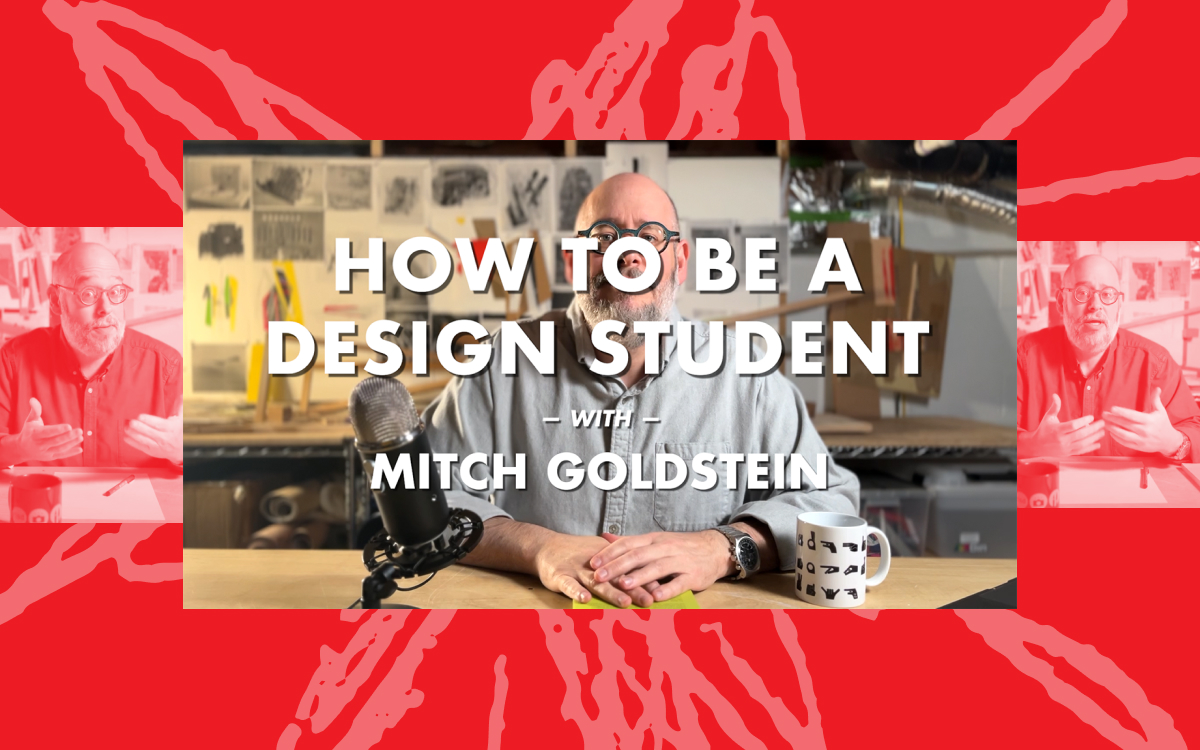A Sign Is… is an insightful collextion of essays on the overlooked sign by designer Jeffrey Ludlow and Point of Reference Studio. Each chapter explores the extraordinary connection that culture and society have to this common object. The book blends historical overview, graphic taxonomy, and design criticism on eleven signage types, ranging from signs that say no, to pharmacy signs, and all in-between. Every chapter uncovers the reasoning and logic of how and why our built environment is annotated the way it is form the simplest of signs to the largest of signs.
We caught up with Jeffrey to recommend some of the books that have influenced him.
A Sign Is… is a collection of 11 essays on sign types encountered everyday. These essays blend historical overview, graphic taxonomy, and design criticism on eleven signage types, ranging from signs that say no, to pharmacy signs, and all in-between. Every essay uncovers the reasoning and logic of how and why our built environment is annotated the way it is from the simplest of signs to the largest of signs.
There is a lot of writing on wayfinding—typically the how-to, instructional kind of book. However, there’s very little about individual signs, their history, origins, or significance. Initially, our list of sign types was longer than eleven, but through the process of research and writing, we edited some out due to a lack of informational depth—or because they were so quotidian and dull that there simply wasn’t much to say. Our research was a mix of reliable online sources and tracking those leads back to more credible or in-depth references whenever possible. These were often found in libraries, academic journals, or through purchasing out-of-print archival books. So much so, in fact, that our studio’s signage book collection has grown dramatically—we now own more than a few archival gems. I always thought the ideal reader for the book would be someone curious about the built environment around them. While this could be anyone, it’s most likely to be a designer of some sort who works within that context—an urbanist, architect, or graphic designer, or more specifically, someone involved in the profession of signage and wayfinding.
Although we have designed many other books and print items in the studio, this project was a first for us: we handled the research, writing, and design entirely in-house. In those moments when you shift from writing the text to shaping it as a design, your relationship with the book form transforms. Once the book launched, it took a moment to recalibrate—to remember that the book wasn’t just a physical object, but a voice inside the reader’s mind.
The book that most influenced you while working on yours
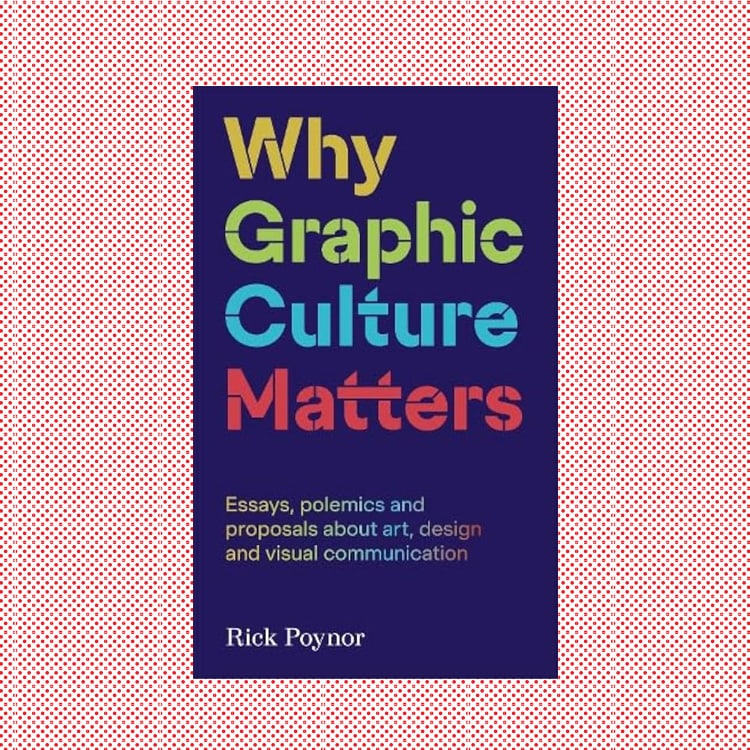
Why Graphic Culture Matters by Rick Poynor
I’ve long admired the design criticism of Rick Poyner, particularly the distinctive voice he brings to his essays. He has a remarkable ability to illuminate the subtle, often overlooked elements of visual culture—no matter how nuanced or seemingly mundane they may be. I’d read a Poyner essay even if it were about the threading of screws. He brings light and energy to the smallest topics, making them compelling through the lens of design writing.
A book whose design has influenced your own design work
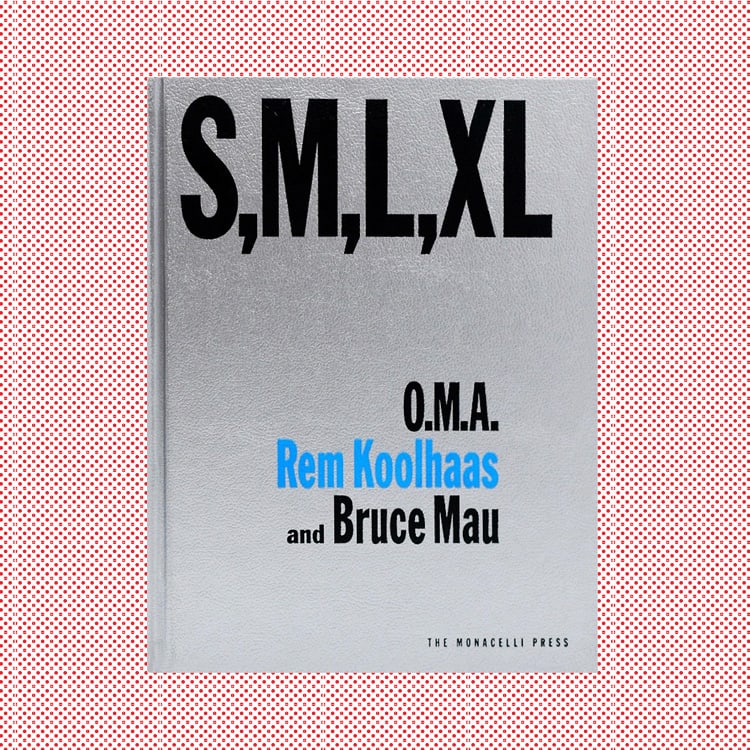
SMLXL by Rem Koolhaas and Bruce Mau
Of all the books I’ve collected, I always return to SMLXL. There’s something timelessly irreverent about it. It’s never been an easy book to read cover to cover, but it’s endlessly fascinating to dip into. The design is a study in controlled chaos—so many grids, shifting photo sizes, dense and varied content. It’s packed with ideas. (Not to mention the running alphabet/dictionary threading through the pages.) Even though its content is firmly rooted in the early ’90s, it deeply influenced the direction of my career early on—and it remains a creative touchstone to this day.
A non-design book that has influenced how you write
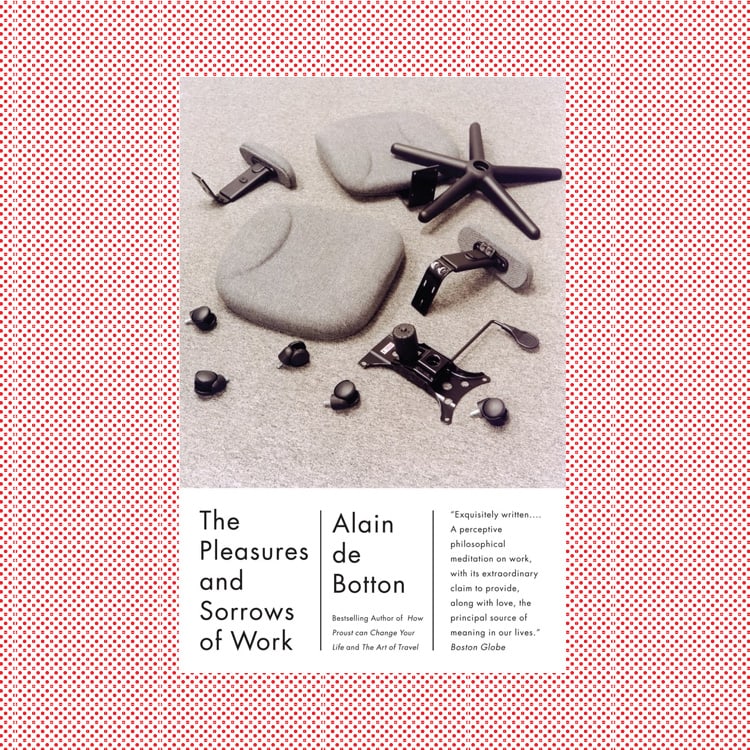
The Pleasures and Sorrows of Work by Alain de Botton
I haven’t yet read Alain de Botton’s newer books—they’re definitely in the queue. But in The Pleasures and Sorrows of Work, his writing is incredibly inspirational. He manages to do the heavy lifting of reporting on the topic of work with a poetic touch. Each chapter is a portrait of a different workplace, and when paired with these meditative photos of generic work environments, the result leaves you haunted by the generic.
A book more designers should read
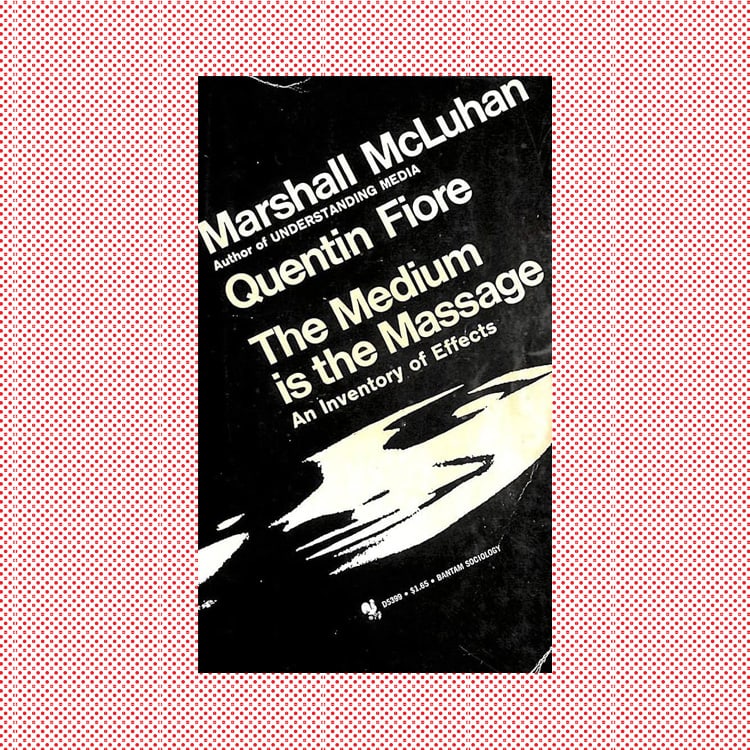
The Medium is the Massage: An Inventory of Effects by Marshall McLuhan
“The medium is the Massage” is a book usually read by those in Media Studies as its message is both prophetic and relevant today. But it should also be read by designers of any stripe. Regardless if you’re an architect or a graphic designer, the way that the designer Quentin Fiore moved a narrative across pages should be taught as to how to narrate with both text and images in time. Its design impact, in style and cadence is clear, as there would be no The Age of Earthquakes or The Extreme Self by Basar, Coupland, and Ulrich Obrist, without this book. Every designer should emulate graphic lessons evident in this book when it comes to presentations.
A forgotten book from your personal library you wish more people knew about
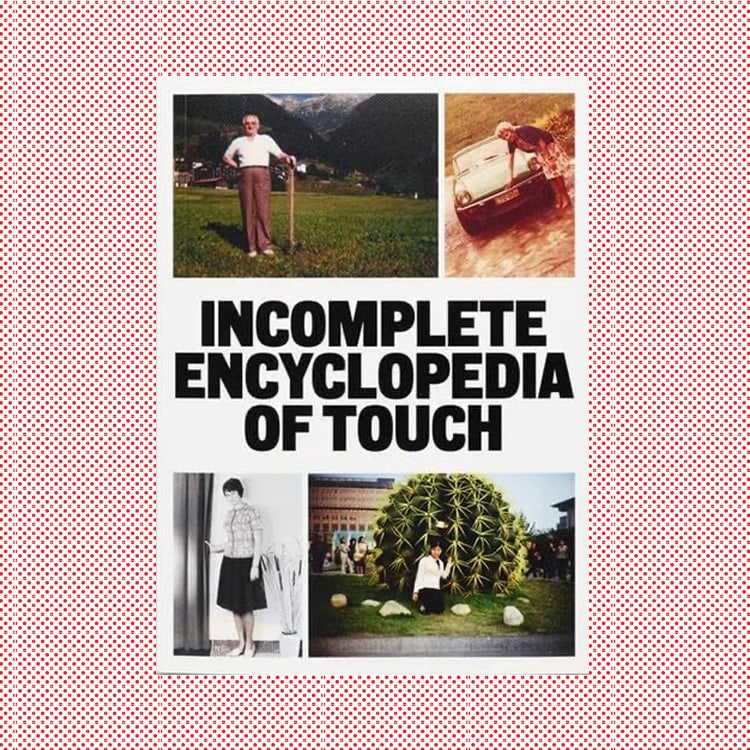
Incomplete Encyclopedia of Touch by Erik Kessels
I tend to purchase books for two reasons. The obvious one is to read them, the other is to collect them as visual archives of things not found online. These visual reference books that I have are usually centered around a singular topic or theme. It might be photos of Madrid bars, vacant spaces in NY or in this case it is snapshot photos of people touching things. The Incomplete Encyclopedia of Touch archives the desire for us as humans to be photographed next to props. It is a fascinating collection of a simple human impulse to touch things in photography.
A book readers should turn to after reading A Sign Is…
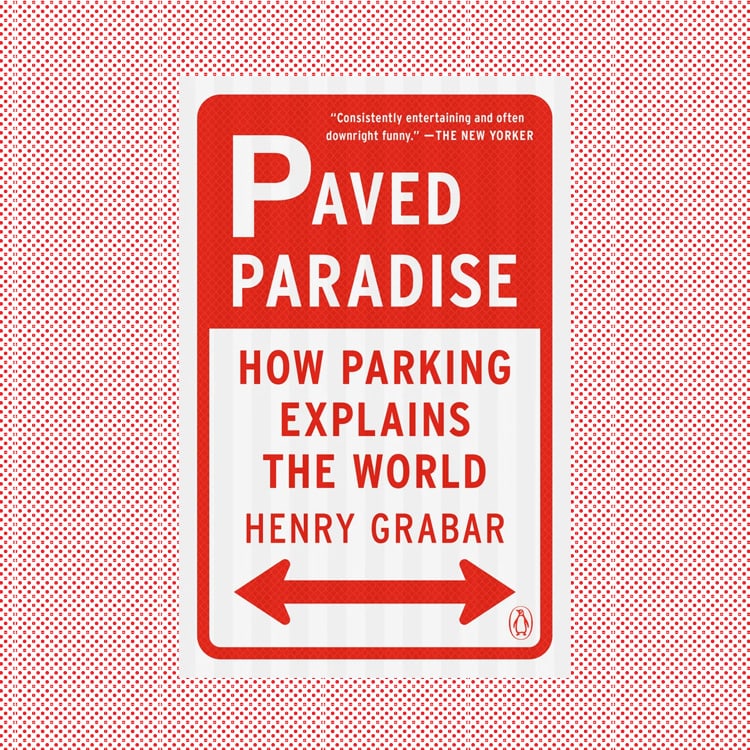
Paved Paradise: How Parking Explains the World by Henry Grabar
A major motivation behind writing this book was to highlight the significance hidden within these graphical annotations of space that we call signs. Paved Paradise, is similar in that it looks to parking as the invisible algorithm that drives our built environment.
An book you’re excited to read next
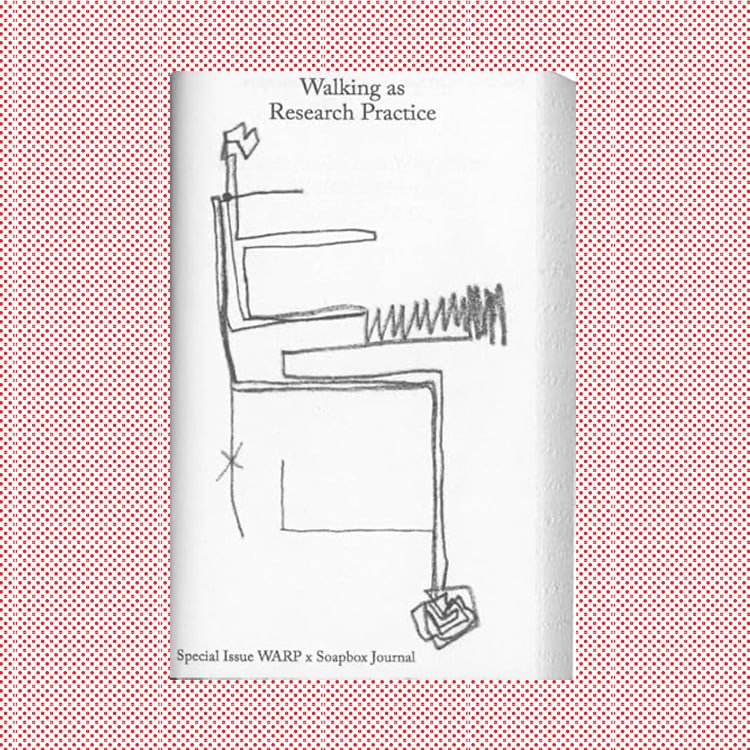
Walking As Research Practice by Alice Twemlow and Tânia A. Cardoso
Whether it’s writing, design, or anything creative, I’m a big believer that inspiration rarely strikes when you’re sitting at your desk, perfectly prepared. It tends to show up when you’re doing something else—like taking a shower, going for a walk, or just letting your mind wander. Walking as Research Practice from Roma Publications (they make excellent design books) has caught my attention lately. It’s making me think more about when and how creativity actually hits—and maybe that I should be walking more and scrolling less.
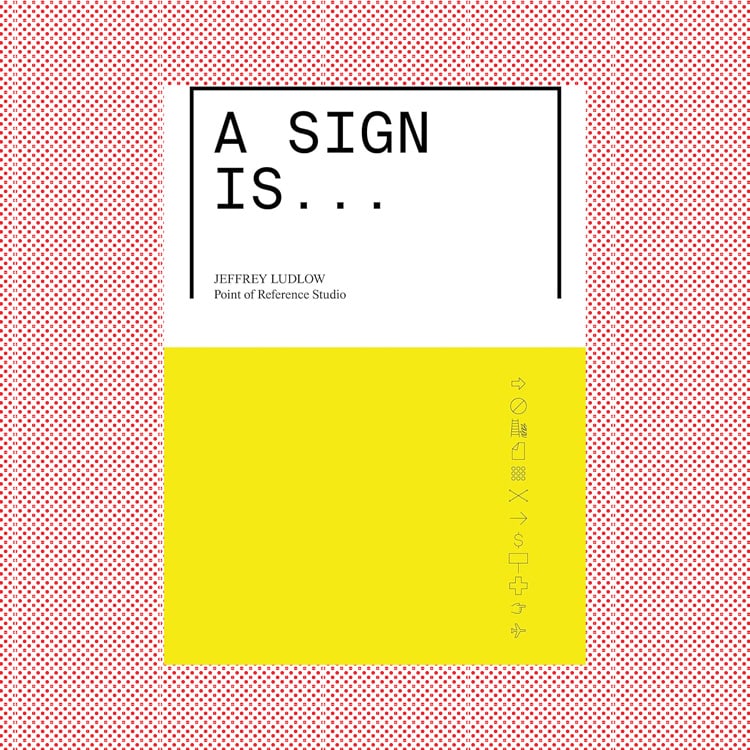
A Sign Is… by Jeffrey Ludlow and Point of Reference Studio is now available from Oro Editions.

